Bringing home new puppies is supposed to be a joyous occasion, but it can be difficult for new dog owners to know what to do to introduce their dogs to each other and make the process easier on every dog involved. If you have a new puppy in your life and a grumpy older dog who doesn’t seem to like them, you’re in the right place for some information.
Why Does My Dog Hate Puppies?
When young puppies and adult dogs are suddenly placed together, there’s often some discord following their introduction to each other. Adult dogs will often tolerate puppies and not seem at all bothered by their presence, but there are a few reasons why it seems like your older dog hates the new addition to their home.
10 Reasons Your Adult Dogs Dislike Puppies
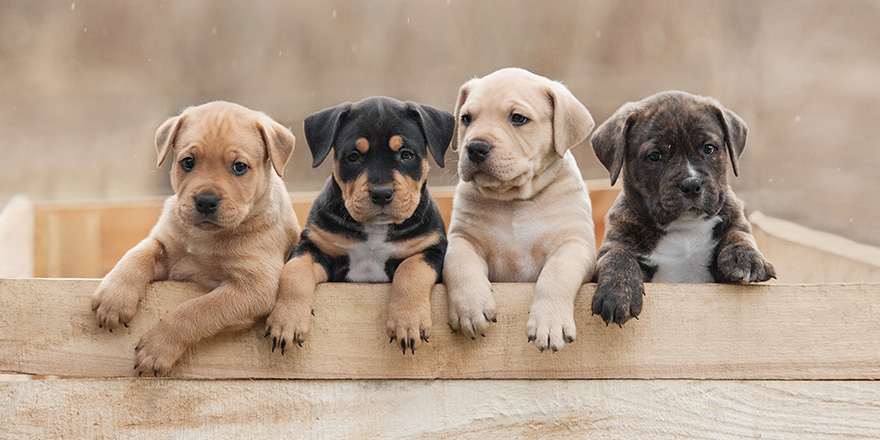
Before you get all tangled up in the world of what-ifs and wonder if your new dog just isn’t suited to the house, consider how your adult dog is feeling. Older dogs may think they’re being cast aside like an old dog chew, which is why a proper introduction between your dogs is needed. It’s a lengthy process, which we’ll cover next.
Here are the top reasons why your adult dog is kicking up a fuss about the new puppies in your home:
- Jealousy
- Instinctual animal behavior
- The dogs weren’t introduced properly
- Your puppy is too energetic for the senior dogs you own
- Your puppy has no impulse control and has offended or annoyed your other dogs
- The hierarchy of dogs has been disrupted in your home
- The pack leader of your dogs is testing the new puppy
- Your dog doesn’t like new puppy smell all over their stuff
- Your dog has an aggressive personality
- Your dog isn’t used to living with other dogs
That may seem like a lot of reasons, but you need to understand the situation from the point of view of your adult dogs. Let’s look at the most important one: Proper socialization and introduction.
How to Socialize Your Adult Dog and Puppy
Socialization is the only way to introduce two new dogs that haven’t met each other before. It takes time, effort, and a lot of patience. It’s also better to have a helping hand from another family member or your partner if you’re going to introduce a new puppy into your home.
When you bring home a new puppy or new puppies, you’re adding their scent into your home. Your older dog can sense this, and it will make them agitated because their instinctual behavior will be telling them that there’s an intruder in their home.
Some adult dogs take to puppies much quicker, but if you’re in the situation where you have a dog growling at new puppy family members, or even an older dog attacking new puppy dogs, there’s an issue.
Step 1: The Smell Exchange
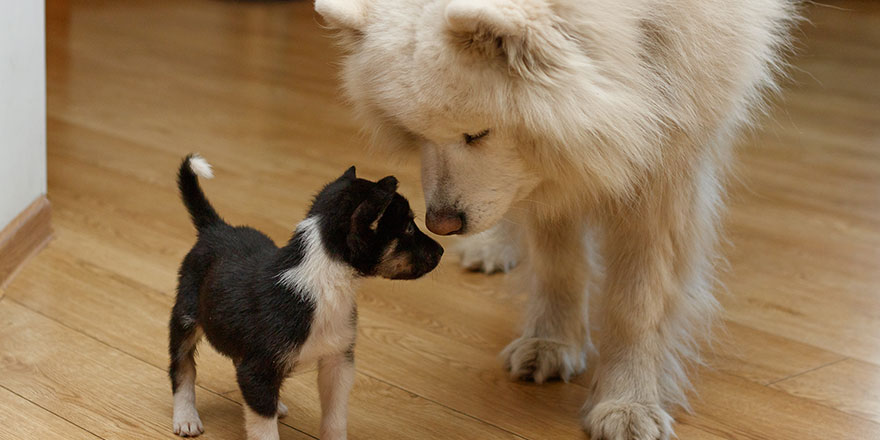
When you bring home a pup from an unfamiliar litter of dogs, they’re going to have a very different scent to your own dogs. Start by keeping the young puppy separated in their own room and letting them get used to living in a new place for a couple of days.
Once they’re settled in, take a spare blanket from your puppy and one from your other dogs, and exchange them. Put the blanket used by your other adult dogs in with your puppy, and put the puppy blanket somewhere frequented by your other dogs – a dog bed they all use or near their toy box, for example.
Step 2: Sharing a Secret Meal
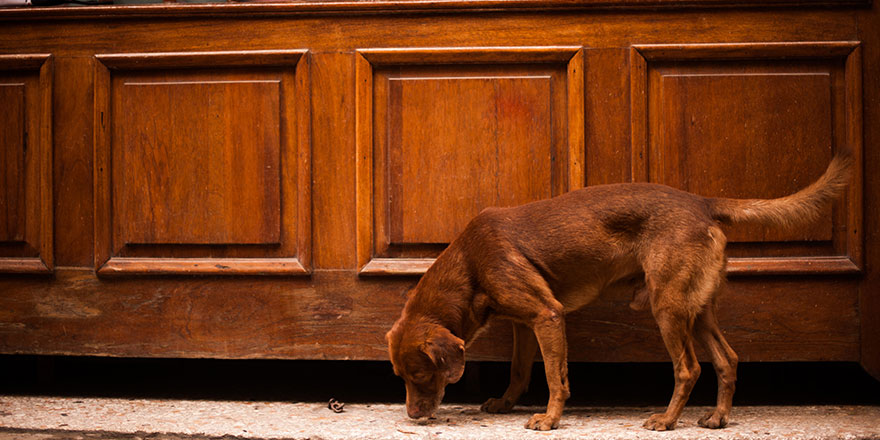
The next step involves feeding your puppy and your dogs together with a door separating them. This step can take some time because all parties will be able to smell each other and may not want to eat that close together. If that happens, move their food bowls back from the door.
This step works best with a second pair of helping hands. You won’t need professional help, just a friend, family member, or partner. You sort out the puppy and their food while the other human participant helps with any other dogs on your property. Keep the door separating the doors closed at all times.
Step 3: Eating Together
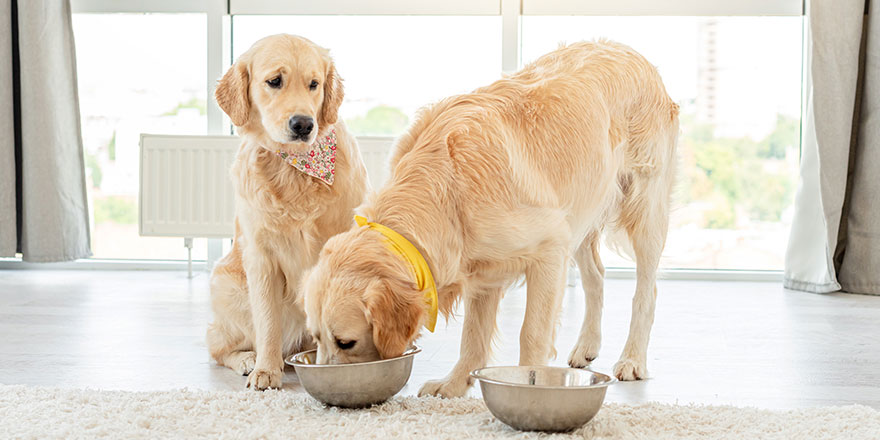
We’re almost ready to release the puppy into the rest of your home, but we need to know if your other dogs will tolerate the young one first. This time, you want them eating together. Open that closed door and set up their food bowls as usual. You might want to do this in the room that you haven’t used for the puppy in case the other dogs get upset and you need to quickly move the puppy away.
You’ll know you’re successful if they eat together without barking or growling.
Step 4: Free-Range Puppies
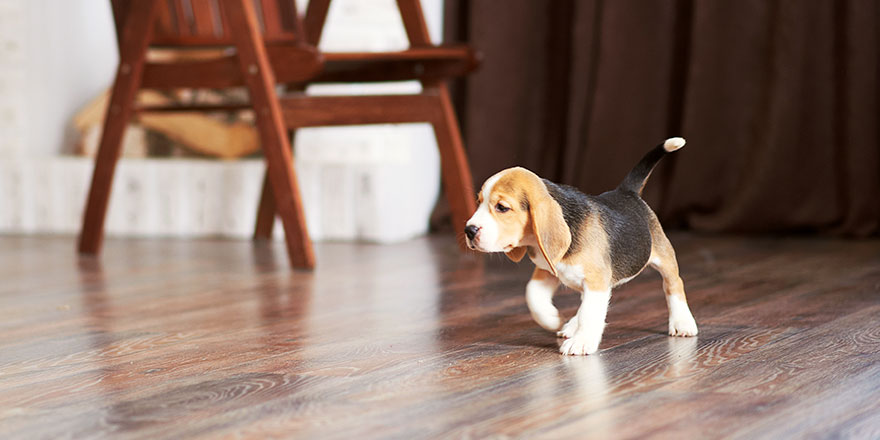
After a few meals together with no barriers, you’ll know that your canine companions can live together. Let your puppy out to explore the rest of your home, but keep an eye on them in case they do something that upsets the other dogs. Make a note of any negative behavior or reactions from any of your dogs, and what you think caused it. This time should be supervised so that you can immediately separate your dogs if something happens.
After around one to two weeks, your puppy should be given free-roaming privileges and moved into the house properly.
Let’s Talk Dog Behavior
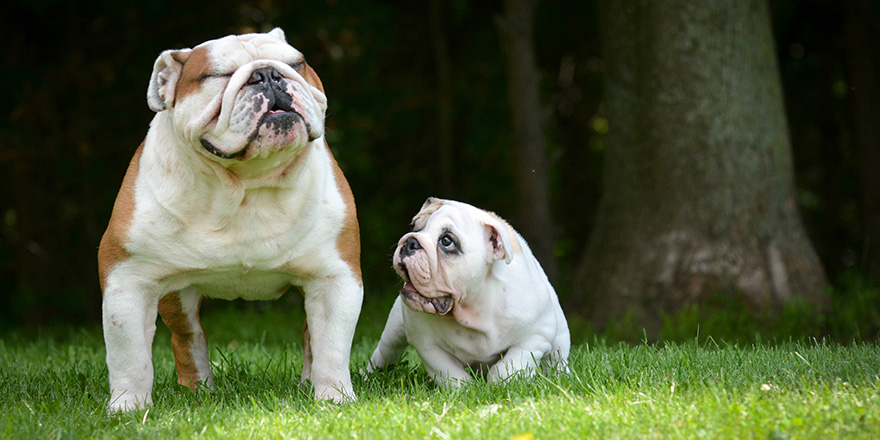
Is the older dog aggressive to puppy dogs? It could be as simple as jealousy or possessive behavior. These unwanted behaviors are common in dogs that have lived alone with their humans and aren’t used to sharing with other animals in the house. In that way, you could consider the aggression part of a dog’s normal behavior when there’s a stranger in their home.
It might not be that your dogs hate puppies, it could just be that you have two dogs who have never met and aren’t sure about each other yet.
All dog behavior is instinctual until they are given training, and even then, it’s still possible for certain protective and possessive behaviors to poke through. It doesn’t matter if your dogs are the same breed or not, if they don’t know each other, then one dog is going to feel the need to be aggressive until they do.
Jealousy will also play a part in that aggression because many dog owners forget to spend as much time with their older dogs as they do their puppies. Your dog is going to realize this very quickly, and they won’t be happy about it.
Pack Instincts
A lot of multi-dog households have a kind of hierarchy of the dogs in that household. These pack dynamics are something that we see all the time in wild canine breeds, and domestic dogs have them, too.
One dog in your home will be the pack leader. They’re protective, maybe a bit possessive and aggressive, and the other dogs follow their lead. When a dog starts interrupting these dynamics, the balance is upset and causes confusion and anger.
The addition of a new puppy would upset the balance until they are properly introduced to the rest of the pack and accepted into it. This is what socialization helps with.
Why Doesn’t My Dog Like Other Dogs?
If you find that your dog doesn’t like other dogs, they could be anti-social. There is such a thing as a dog being anti-social and it’s usually because they weren’t socialized properly as puppies or because they were taken from their littermates too soon. When your dog isn’t used to being around other dogs, they’re going to get upset about being forced into social situations.
You might see some negative behavior from an unsocial dog at dog parks, or when you take them on a walk. Unsocial dogs don’t always shy away from other dogs. In fact, they’re more likely to go on the attack; barking, growling and becoming aggressive to warn the other dog away from them.
When to See a Dog Behavior Specialist
If your dog is exhibiting any aggressive or unsocial behavior towards other dogs and you’re struggling to socialize them, it’s time to call in some professional help. A training and behavioral specialist will be able to work with you and your dog to teach them that other puppies and grown dogs aren’t a threat to them.
The trainer often uses their own dog in training sessions because their dog will be able to deal with any situation, thanks to their own training. Dog training may include leash training, which will help with aggressive behavior during walks and stop your dog from pulling on their leash so much to get away from you.
FAQs:
In this situation, try to socialize your dogs if you haven't already. Give them blankets and toys that have the other's scent on, get them to eat together from their own bowls, and give them supervised time together in the same room. Your dog doesn't hate your puppy, they just don't know them yet.
Giving separate bowls to your dog and the new puppy will stop your dog from showing negative behavior towards the new pup. In the beginning, they shouldn't share bowls, toys, or beds because your adult dog needs to get used to the presence and smell of your new pup. Eventually, your dogs may end up sharing everything they own, but it takes time.

